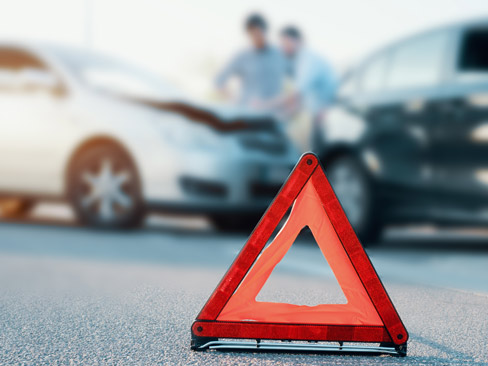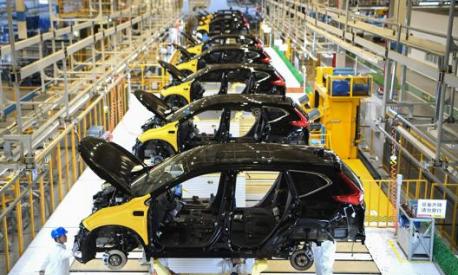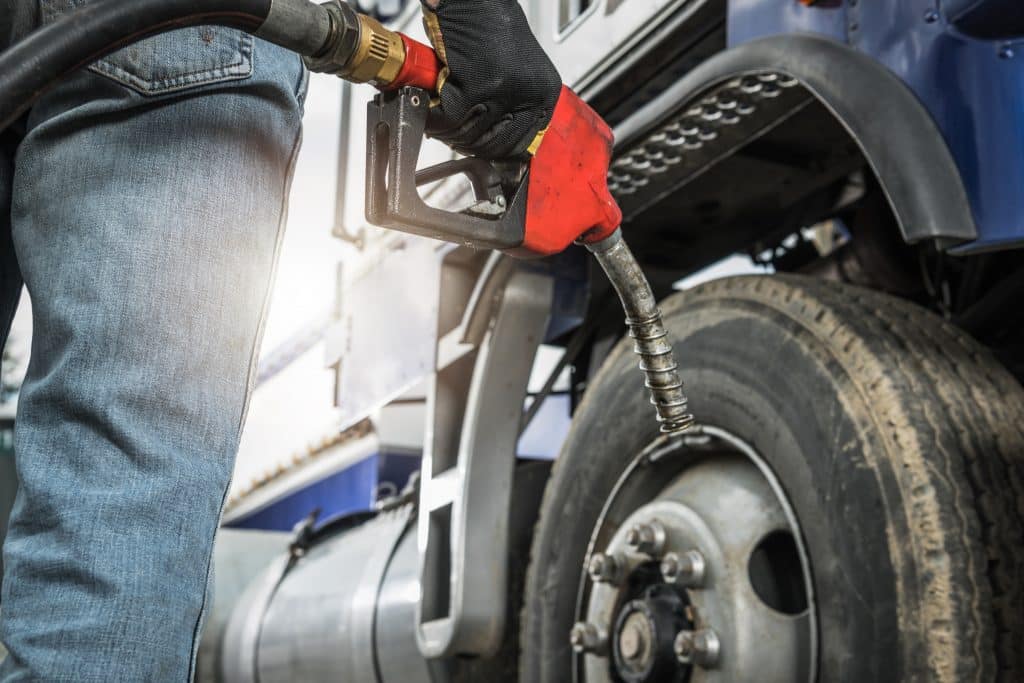These last few months have been characterized by a clear recovery in mobility and, as a consequence, also in road accidents, after the years of the pandemic.
Specifically for Italy, the Aci/Istat report reports a growth of +9.9%, compared to the previous year, in deaths caused by road accidents (we have already talked about it previously in this news). Overall, there were 3,159 victims, for an average of 9 per day. The number of injured people is also increasing, reaching 223,475 (+9.2% compared to 2021) and that of road accidents (+9.2%) which have risen to 165,889 (454 per day). As for the roads, the urban ones are the most dangerous, where 73.4% of accidents occur, but the fatal ones occur mainly on the extra-urban network, where 48.5% of accidents are recorded; finally, only 5% occur on the motorway. The social cost of road accidents in 2022 amounts to almost 18 billion euros (0.9% of national GDP): + 9.8% compared to 16.4 billion in 2021.
Things are no better on the roads of the EU 27
Even in Europe, things are not going well: the victims were 20,669 against 19,932 in 2021, 22,761 in 2019 and around 30 thousand in 2010. The increase in 2022 was 3.7% on the previous year, while there is still a decline of 9.2% compared to 2019. A growth which, however, did not affect all countries: negative variations were in fact recorded in Slovenia (-25.4%), Latvia (-23.1%), Lithuania (-18, 4%), Cyprus (-17.8%), Poland (-15.5%), Finland (-15.1%), Estonia (-9.1%), Romania (-8.2%), Croatia (-5.8%), Bulgaria (-5.3%) and Hungary (-1.7%). The most significant increases were instead recorded in Malta (+188.9%), Luxembourg (+50.0%), the Netherlands (+26.6%), Denmark (+18.5%) and Sweden (+18 .2%) which however continues to be the country in which the fewest victims are recorded.
The road mortality rate (per million inhabitants) stands at 46.3 deaths in the EU27 and 53.6 in Italy, which thus moves from 13th place to 19th in the European ranking. For the decade 2021-2030, the European objectives on road safety include halving the number of victims and serious injuries by 2030, compared to the benchmark year (set at 2019) and the monitoring of specific performance indicators. In addition to the objectives set for the next decade, the foundations have been laid for new and ambitious goals. In particular, the Stockholm Declaration of February 2020 calls for a “zero victims” vision for 2050, taking full advantage of the widespread diffusion of technologies integrated into cars.
In this context, satellite and geolocalisation devices such as those developed by Viasat (now part of Targa Telematics), are able to collect a vast range of information, ranging from vehicle conditions to the analysis of driving style, from consumption of fuel to the environmental parameters that the driver has to deal with when driving. These devices constitute a highly effective solution for the rapid detection of any accidents: in the event of a collision, they are able to automatically recognize the event, even if the driver is not able to request assistance, allowing the Operations Center to operate a 24/7 timely dispatch of help.




